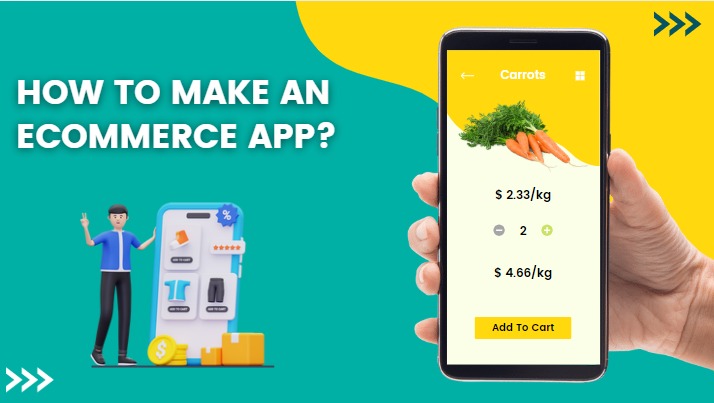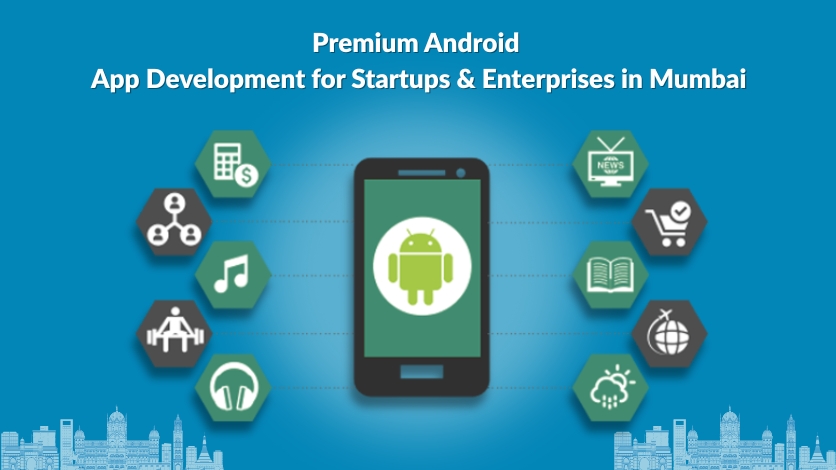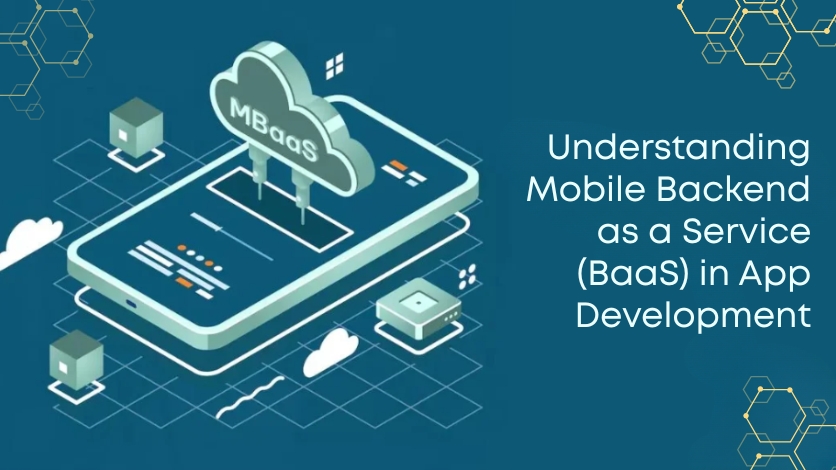In today’s rapidly evolving digital world, creating an eCommerce app can be the key to unlocking success for your online business. With smartphones becoming an essential part of daily life, providing customers with an easy-to-use, seamless shopping experience is crucial. But, how do you create an eCommerce app that stands out in a competitive market? In this ultimate guide, we’ll walk you through the process of developing an eCommerce app, including everything from planning and designing to testing and launching.
Why Build an eCommerce App?
Before diving into the steps, it's essential to understand why building an eCommerce app is a valuable investment.
-
Enhanced User Experience: Apps are more efficient, faster, and easier to navigate compared to websites. Offering a user-friendly, mobile-first design improves customer satisfaction and retention.
-
Better Customer Engagement: Push notifications, personalized offers, and loyalty programs can drive better engagement. Customers can stay updated on discounts, new arrivals, and flash sales.
-
Offline Access: Unlike websites, apps can function offline to a certain extent, allowing users to browse or access some features without an internet connection.
-
Increased Sales: Research shows that apps convert more users into buyers than mobile websites. With features like one-click ordering and faster checkouts, the app experience is far more convenient.
Now that we’ve established the importance of an eCommerce app, let’s explore how to make an eCommerce app that delivers real value.
Step 1: Define Your Goals and Target Audience
Every successful app begins with a clear vision. Before you begin development, you must clearly define your app’s goals and understand who your target audience is.
Set Clear Goals
Think about the following questions:
-
What problem will your app solve for users?
-
What kind of products will you sell?
-
What features will set your app apart from competitors?
Whether you want to increase sales, expand your brand, or offer a unique shopping experience, these objectives will guide your app’s design and functionality.
Know Your Target Audience
Your app’s design, features, and functionality should be tailored to your customers’ needs. Research your target audience to understand:
-
Demographics (age, gender, location)
-
Behavior patterns (online shopping habits, preferences)
-
Pain points (issues customers face with existing solutions)
By understanding your audience’s pain points and desires, you can ensure that your app resonates with them.
Step 2: Choose the Right Platform
The next important decision in learning how to make an eCommerce app is selecting the right platform for development. There are three main options: native apps, hybrid apps, and web apps.
-
Native Apps: These are developed specifically for a particular platform, like iOS or Android. They offer the best performance but can be costly and time-consuming to build for multiple platforms.
-
Hybrid Apps: These apps combine elements of both native and web apps. They work across platforms and are quicker to develop but may not offer the same performance as native apps.
-
Web Apps: Web apps are essentially mobile websites. They can be accessed from any device with an internet connection but may not offer the same functionality as native or hybrid apps.
Choosing the right platform depends on your business goals, budget, and timeline.
Step 3: Design a User-Friendly Interface
The design of your app is crucial in ensuring that users have a positive experience. When considering how to make an eCommerce app, keep in mind that the app should be intuitive and easy to navigate. Key elements to focus on include:
1. Simple Navigation:
Design your app with a clean layout and easy-to-use navigation to help users find products quickly. Categories, search options, and filters should be prominently displayed.
2. Visual Appeal:
The aesthetics of your app should reflect your brand identity. Use a color scheme that complements your branding and high-quality product images to make your app visually appealing.
3. Speed and Performance:
Users expect fast loading times, especially when shopping. Make sure that your app is optimized for speed by compressing images, simplifying the code, and ensuring efficient backend functionality.
4. Secure Checkout Process:
A seamless and secure checkout process is critical for encouraging purchases. Allow users to save payment details, apply promo codes, and select shipping options effortlessly.
5. Mobile-First Design:
Ensure that your app is optimized for mobile devices. Test your app across different screen sizes to ensure it’s responsive and functional.
Step 4: Develop the App
Now that you’ve outlined your goals, platform, and design, it’s time to start building the app. Depending on your resources, you can choose to hire a development team or use app-building platforms.
Development Stages
-
Backend Development: The backend of your eCommerce app is where the business logic and data storage occur. It includes the server, database, and APIs that manage things like product listings, user accounts, and orders.
-
Frontend Development: The frontend is what users interact with. It includes the user interface, product pages, and checkout flow. It’s essential to ensure smooth interactions between the frontend and backend.
-
Payment Integration: Integrating reliable and secure payment gateways is essential for enabling smooth transactions. Popular options include PayPal, Stripe, and credit/debit card processing systems.
-
Security Features: With sensitive user data being exchanged, security is a priority. Use SSL encryption, two-factor authentication, and secure payment methods to ensure the safety of your customers.
-
Push Notifications: To keep users engaged, integrate push notifications to inform them about promotions, order status, and new products.
Step 5: Testing and QA
Once development is complete, it’s time to test your app. Proper testing ensures that users won’t encounter bugs or performance issues.
Key Testing Areas
-
Usability Testing: Ensure that users can navigate the app easily and that the design is intuitive.
-
Functionality Testing: Test all the features, including search, checkout, payment, and notifications.
-
Performance Testing: Test the app’s performance under varying loads, ensuring that it works smoothly even with high traffic.
-
Security Testing: Test for vulnerabilities, especially in the payment process and user data protection.
Step 6: Launching Your eCommerce App
Once you’ve thoroughly tested your app, it’s time for launch. The launch phase is critical for your app’s success, so make sure to follow these steps:
-
Pre-Launch Marketing: Start marketing your app before the official launch. Utilize social media, email newsletters, and your website to create excitement.
-
Launch Strategy: When launching, make sure your app is available on both the App Store (iOS) and Google Play (Android) for maximum reach.
-
Post-Launch Support: After launch, continue to monitor app performance and customer feedback. Be ready to fix bugs and address any issues that arise.
Step 7: Post-Launch Activities and Updates
After your app goes live, it’s essential to keep it fresh and relevant by regularly updating it. These updates can include:
-
New Features: Add new features to keep your users engaged.
-
Bug Fixes: Continuously monitor for bugs and release updates to fix them.
-
Improved Performance: Optimize the app’s performance based on user feedback and analytics.
Step 8: Marketing Your eCommerce App
Creating an eCommerce app is only part of the equation. To achieve long-term success, you need to effectively market your app to your target audience. Here are a few strategies:
-
App Store Optimization (ASO): Optimize your app’s title, description, and keywords to make it more discoverable in app stores.
-
Social Media Advertising: Use platforms like Facebook, Instagram, and Google Ads to drive traffic to your app.
-
Referral Programs: Offer incentives for users to refer friends to your app.
FAQ’s
1. What are the key benefits of having an eCommerce app for my business?
An eCommerce app enhances user experience by offering faster, more convenient browsing and shopping. It allows for better customer engagement through push notifications and personalized offers, and it can increase sales due to smoother checkout processes. Additionally, apps offer offline functionality, allowing users to browse without an internet connection.
2. How do I ensure my eCommerce app is user-friendly?
To create a user-friendly app, focus on simple navigation, appealing visuals, and optimized performance. Prioritize fast loading times, a secure checkout process, and a mobile-first design that works seamlessly on different devices and screen sizes.
3. What are the common security features required for an eCommerce app?
Security is critical for an eCommerce app. Key features include SSL encryption, two-factor authentication, secure payment gateways (such as PayPal or Stripe), and regular vulnerability testing to protect user data during transactions and throughout their app usage.
4. How do I market my eCommerce app once it's launched?
To market your app effectively, focus on App Store Optimization (ASO) by optimizing the app’s title, description, and keywords. Utilize social media advertising on platforms like Facebook and Instagram, and consider offering referral programs to encourage users to share the app with others.
5. How long does it take to develop an eCommerce app?
The time required to develop an eCommerce app varies based on factors like the complexity of the features, platform choice (native, hybrid, or web), and the development team’s resources. On average, it may take between 3 to 6 months to complete the development, including design, development, testing, and debugging. More complex apps may take longer.
Conclusion
So, how to make an eCommerce app? It’s a combination of careful planning, choosing the right platform, designing a seamless user experience, ensuring robust backend functionality, and marketing your app effectively. Building a successful eCommerce app requires dedication, attention to detail, and constant improvement.
If you're looking for professional help to turn your eCommerce app idea into reality, Appdid, an experienced app development company in Thane,Mumbai is here to assist. With years of experience in mobile app development, we can guide you through the entire process, from ideation to post-launch marketing. Get in touch with us today to start building your eCommerce app and take your business to new heights!
Contact Appdid now and let us bring your eCommerce app vision to life!










